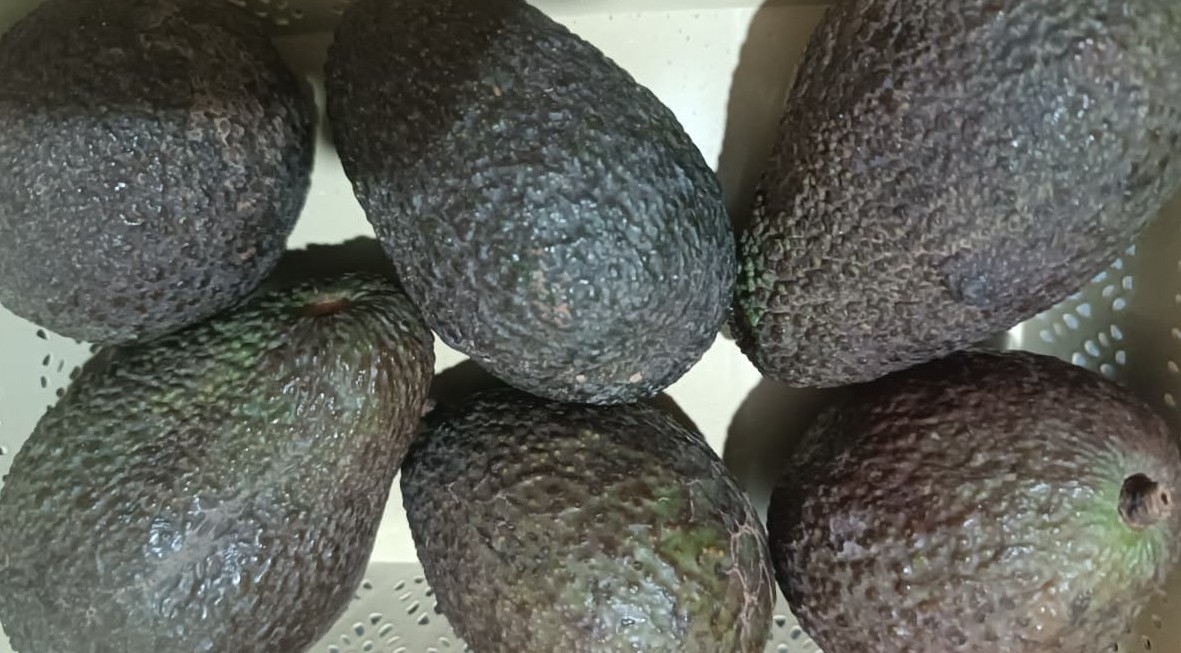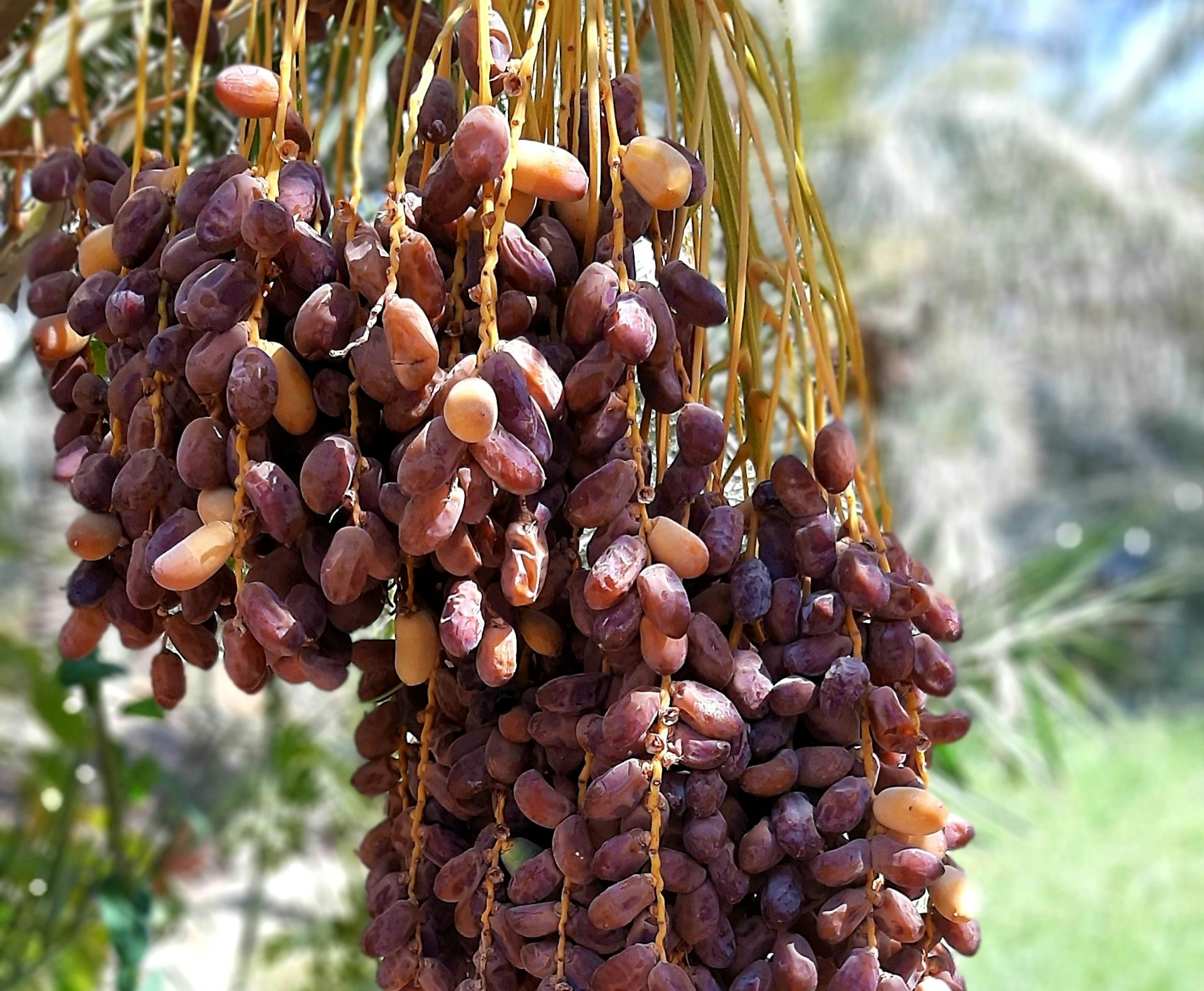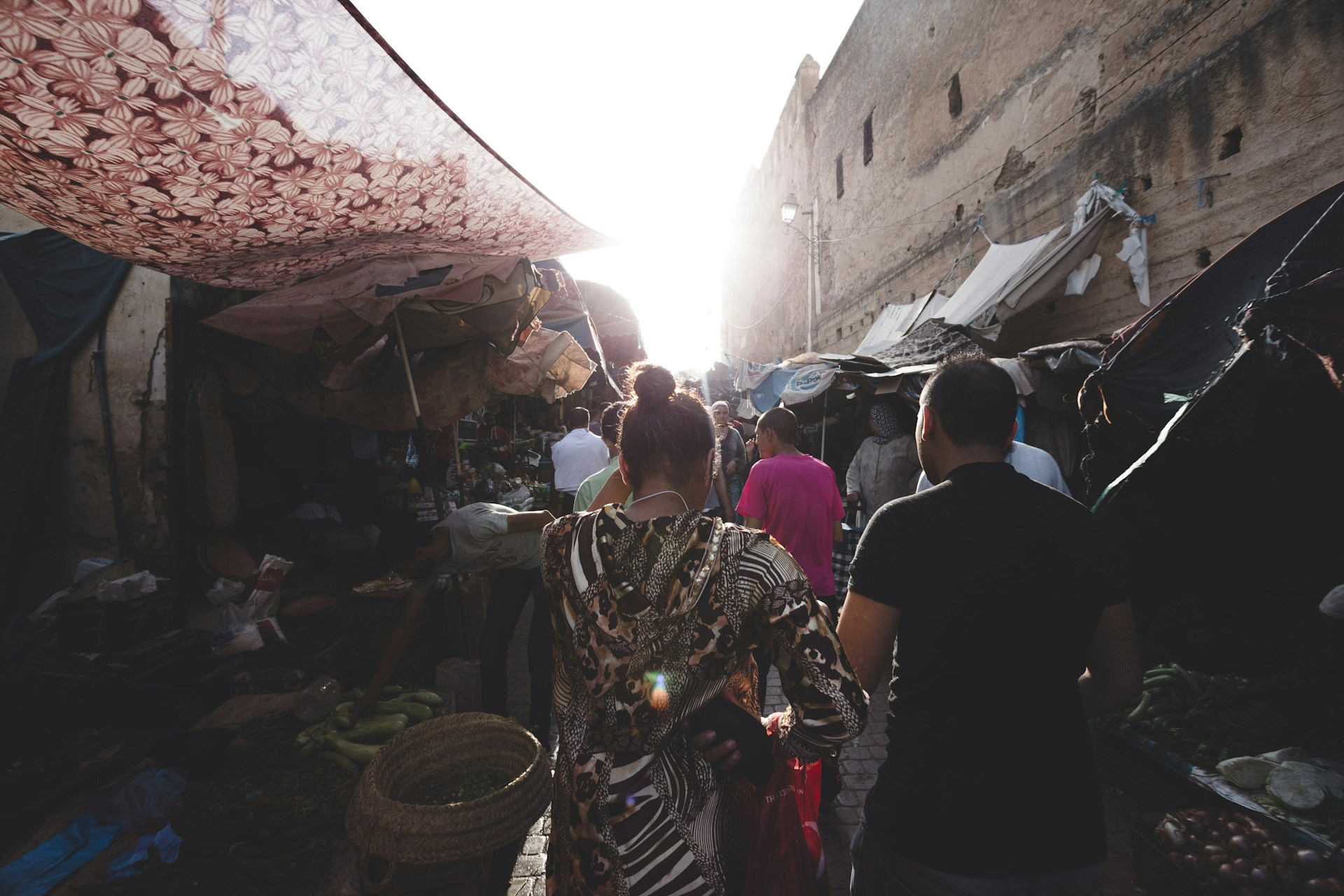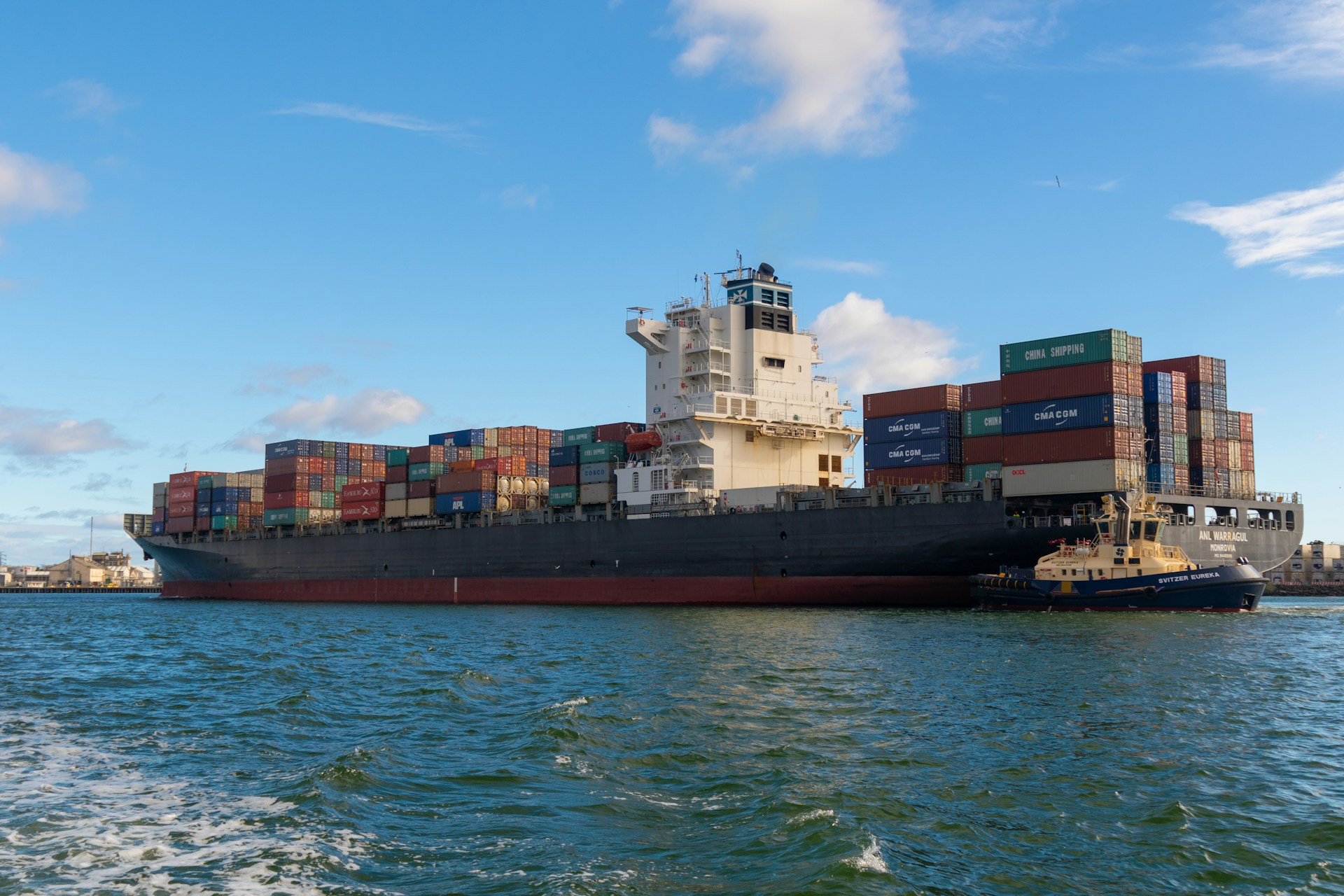Casablanca – In the wake of the September 8 earthquake, Morocco has emerged as the second-largest recipient of remittances in the Middle East and North Africa (MENA) region, highlighting the resilience and importance of these financial flows to the country’s economy.
According to the latest World Bank report on migration and development, remittances to Morocco saw a significant increase of 5.2% in 2023, reaching a new high of $11.8 billion. These remittances now account for approximately 8.2% of the nation’s gross domestic product (GDP), underscoring their vital role in sustaining economic stability. This achievement places Morocco second only to Egypt in the MENA region in terms of remittance receipts.
The report reveals that Egypt remains the top recipient in the region, with $24.2 billion in remittances received in 2023. However, this figure represents a decline from $28.3 billion in 2022 and $31.4 billion in 2021, illustrating a broader trend of fluctuating remittance flows across the region.
Overall, remittance flows to the MENA region experienced a 15% drop in 2023, totaling $55 billion. This decrease was largely driven by a substantial reduction in transfers to Egypt, attributed to the significant disparity between official and parallel market exchange rates. The dollar often exceeded 70 Egyptian pounds in these parallel markets, prompting many to use informal channels for remittances.
Globally, India led the way with $120 billion in remittances in 2023, followed by Mexico ($66 billion), China ($50 billion), the Philippines ($39 billion), and Pakistan ($27 billion).
Looking ahead, the World Bank anticipates that remittance flows to the MENA region will be influenced by the economic challenges faced by oil-importing countries such as Egypt, Jordan, Lebanon, Morocco, and Tunisia. Conversely, oil-exporting nations like Iraq and Algeria are expected to benefit from rising hydrocarbon prices. In Egypt, the recent currency devaluation, interest rate hikes, completion of IMF reviews, and investments from the United Arab Emirates are expected to bolster confidence in the formal remittance channels, potentially reversing the current decline.
Despite these regional challenges, the World Bank forecasts a 4.3% increase in remittances to the MENA region, projecting a total of $58 billion in 2024, up from $55 billion in 2023. This optimistic outlook reflects the enduring importance of remittances as a stable and crucial source of external financing for many developing countries, including those grappling with food insecurity and debt-related issues.
The robust remittance flows to Morocco highlight the attachment of Moroccan expatriates to their home country and emphasize the critical role these financial transfers play in supporting the country’s economy, particularly in times of crisis.
















